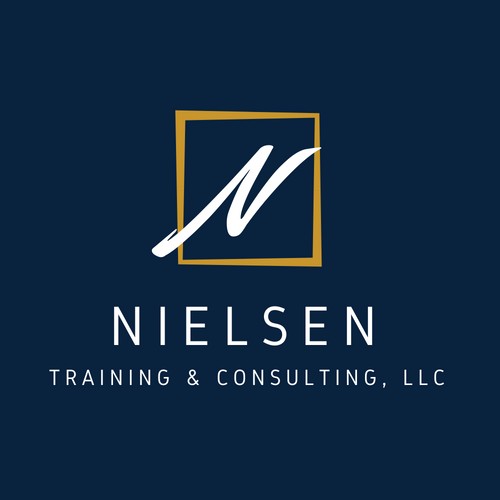Imagine the most energizing meeting you have ever participated in. Perhaps it included colleagues at work, or teammates playing a sport you love. What made that meeting so effective and memorable? Having asked this question of hundreds of nonprofit CEOs and Board members over the years, I’d like to share the consistent themes that have emerged from these conversations that can transform your nonprofit Board meetings from draining to dynamic. Taken together, they provide a framework for reimagining your next Board meeting agenda.
Connect as a team.
Research consistently shows that Boards that take time to get to know one another socially and connect as individuals rather than just as Board members consistently perform at a higher level. It makes sense -- Boards are a team and teams rely on expectations, support, trust, and accountability. Intentionally building time into every Board meeting agenda to connect as people and teammates provides a foundation for effective governance and decisionmaking. You don’t have to facilitate the ultimate icebreaker. Rather, focus on how we as a team can get to know one another just a bit better.
Celebrate progress.
Nonprofits address exceedingly complex and persistent community challenges. A temptation often creeps into our Board meetings to focus solely on how far we still have to go in our mission rather than how far we have come. I challenge you instead to intentionally celebrate progress at every Board meeting. You will find that when you reflect on the progress you have made and the joyful moments experienced since you last met as a Board, a renewed energy permeates the room and carries through the rest of the meeting. Think -- what are we most proud of this month?
Identify and discuss the most pressing challenges.
Board members regularly tell us they are most engaged during meetings that feature discussion and debate rather than simply recitation of reports. Use of a consent agenda -- a mechanism for grouping routine reports into a packet shared prior to the Board meeting -- can free up vital Board meeting time for more engaging and strategic discussions. Additionally, one of the most important skills of a nonprofit CEO is identifying the areas that require Board engagement and discussion. In planning the agenda, the CEO and Board Chair should discuss and agree on the 1, 2, or 3 issues that are most pressing for Board discussion and action at the upcoming meeting. Narrowing the topics and even sharing the vital questions prepares the Board to be strategic, focus on vital topics, and make effective decisions that provide needed direction.
Review commitments.
Productive meetings typically lead to next steps and commitments to action. Before adjourning the meeting, it is important to review these commitments and timeframes for their completion. A savvy Board Chair will ensure that assignments are distributed equitably across the Board team, and place Board members in position to leverage their skills and succeed. Including this step as a part of the meeting agenda promotes accountability on the Board team and closes the meeting with the momentum that comes from having a clear directional roadmap.
Thoughtful, well-structured meetings are essential to maximizing the potential of your Board and propelling your mission forward. If you would like to share your thoughts on dynamic, engaging Board meetings, or you would like assistance, tools, or resources to enhance your Board meetings, Nielsen Training & Consulting is your partner. Let’s connect!




